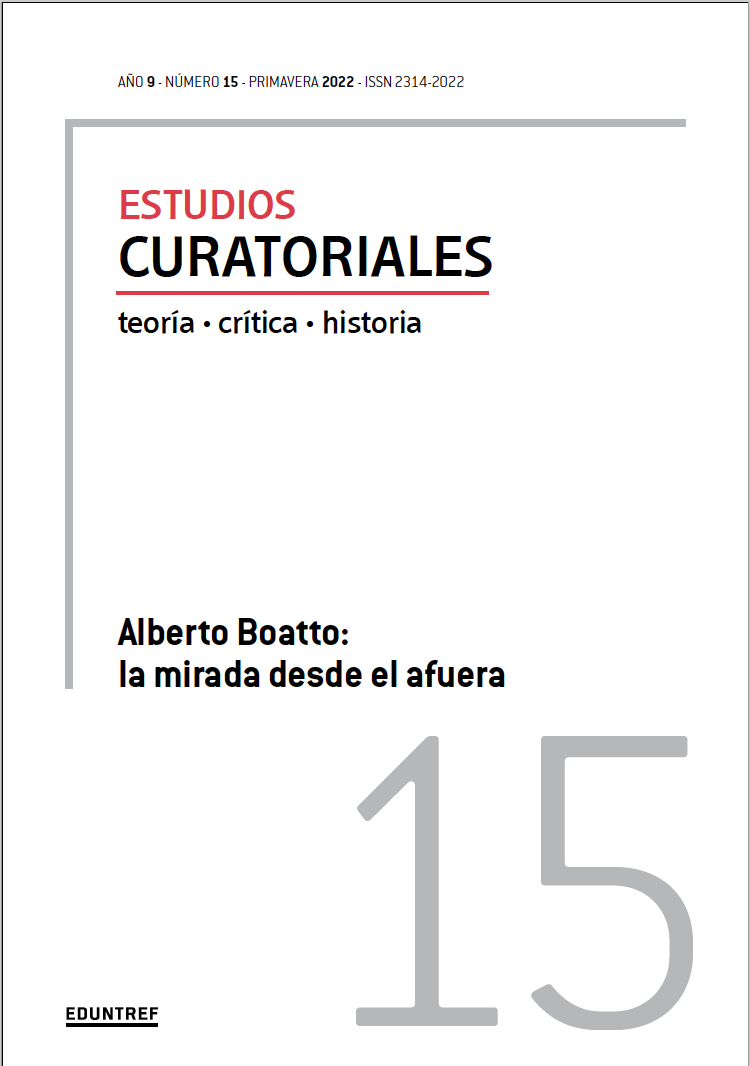Abstract
The archives that document the trajectory of an artist are conformed by a diversity of formats (text, sounds, visuals, audiovisual, etc.). They constitute a corpus with the potential to foster specific performative practices to activate the dissemination of the body of work they belong to.
In this paper, we seek to demonstrate how the design of devices of mediation from a digital online format can enable a more intuitive access to the contents, rather than a causal approach typically associated with a historiographical perspective. For this study, we use a sound-based curatorial prototype, previously developed with the intention to activate the Kosice archive. We will delve into how from a curatorial proposal of this type, the innate capacity of the voice can emerge to generate an experience that reconfigures ways of thinking and inhabiting forgotten memory.
In this paper, we seek to analyze how a curatorial practice expressed as a sound story can bring the viewer to make a new reconstruction of the documents found in the archive: a memorable enunciation from a dialectical present that politically imposes a subversion of the past from the performative aspect of the discourse itself.

